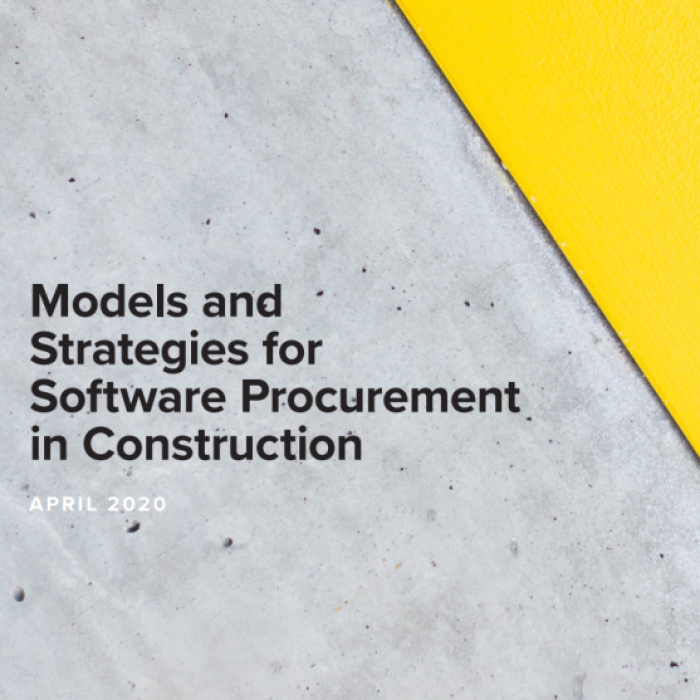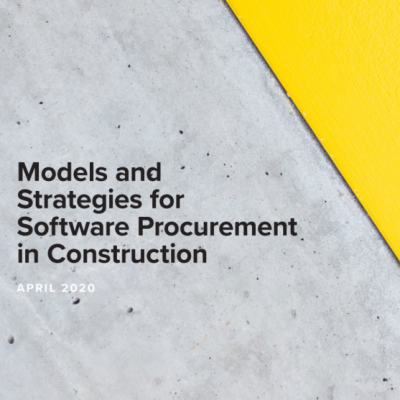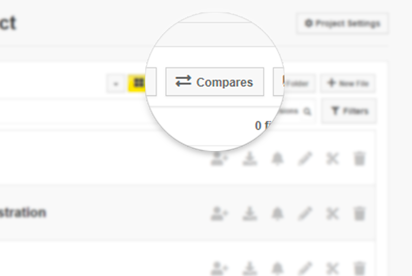Abstract
Digital technology has been playing an increasingly vital role in the construction industry. With the rise of automation, digital capabilities and digital requirements, a good technological toolset and a software literate workforce are becoming one of the most important success factors for a design & build contractor.
With substantial efficiencies available in almost every aspect of a project, companies that fall behind in technology will soon find themselves priced out of jobs, struggling to attract and retain the best talent, and ever closer to the
growing list of defunct contractors.
We all know this. However, knowing you need to improve and rolling out complex procurement strategies are two very different things. In this whitepaper, we present and discuss the main approaches to software procurement common in the industry.
5 common approaches to software procurement in construction
5 Software Procurement Models
- The Autocracy Approach (central procurement) – Optimises for business alignment and process by procuring all
software centrally to dictate a process to the business. - The Wild West Approach – A strategy optimising for speed of innovation, flexibility, and stakeholder buy-in by authorising all budget holders to procure any solution for their own units and projects.
- The Menu Approach (preferred supplier) – A middle ground, enabling units to make their choices, but only
out of a pre-vetted list of accepted suppliers. This retains some of the choice and flexibility of the wild west approach, while only sacrificing some of the advantages of an autocracy. - The Strong Default Approach – Close to the autocracy, in that there are central procurement and default processes, but it leaves a ‘window’ for persistent staff of a
project or business unit to insist on changes in their units and looks
to gather this innovation. - The Advisory Approach – Similar to the wild west approach, except it mitigates some of the
risks by heavily investing in a strong central unit advising and educating projects and business units about available choices and their trade-offs.



 DOWNLOAD WHITEPAPER
DOWNLOAD WHITEPAPER





